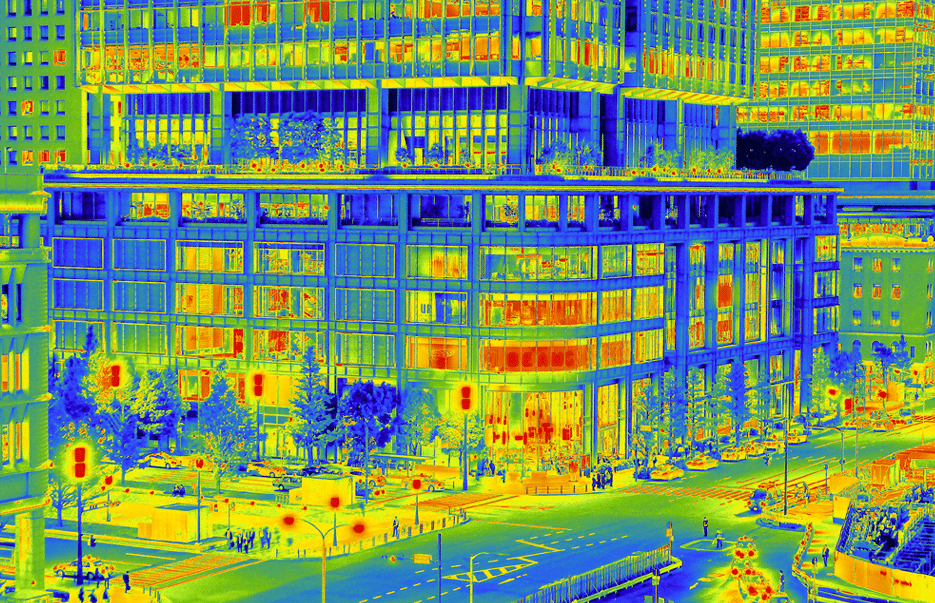
Remediating or retrofitting a commercial building affords the perfect opportunity to utilise sustainable initiatives to future-proof your asset. Ben Frost, Associate at Context, talks about the benefits to your bank balance and the planet.
Architectural remediation and refurbishment are important in revitalising existing structures to improve functionality, safety, and efficiency. They can address various issues, including structural deficiencies, outdated systems, environmental hazards, and compliance with modern standards and regulations. At Context, wherever possible, we take the opportunity to update and modernise buildings to future-proof assets, adding value through design. With an eye on the long term, we can help you play a pivotal role in reducing the environmental footprint of the construction industry, preserving cultural heritage, and providing a sustainable asset that will last for years to come.
The importance of energy efficiency
Energy efficiency is the foundation for most retrofit projects. Property owners can significantly reduce energy consumption and greenhouse gas emissions by upgrading insulation, windows, and building services – like heating, cooling, and hot water systems. Incorporating renewable energy technologies further enhances a building’s performance. We use energy modelling to drive desired outcomes, identify opportunities, and provide our clients with the data they need to make informed cost-benefit decisions. Energy reduction in completed retrofits can vary depending on building type, climate zone, and project goals but often ranges upwards of 50% in savings per year.
Energy efficiency has many associated benefits, such as improved indoor environmental quality and durability of the building fabric. Any new materials and systems are carefully considered and assessed to ensure they work harmoniously with their existing counterparts. A deep understanding of building physics allows us to design a robust building envelope that effectively manages moisture, air, and thermal transmission. This, in turn, helps to prevent moisture-related issues such as mould growth, rot, and degradation of building materials.
Other strategies, such as optimising natural daylight, improving ventilation systems, and selecting non-toxic building materials, contribute to better indoor air quality and occupant comfort. Incorporating biophilic design elements, such as indoor greenery and natural finishes, promotes well-being and productivity.
The benefits outweigh the costs
Sustainable architectural retrofit projects offer compelling economic benefits alongside their environmental and social advantages. Initial investment costs may be higher than conventional approaches, but long-term savings in operational costs, energy expenses, and maintenance requirements far outweigh these upfront expenditures in the long term. Sustainable retrofit projects embody a holistic approach to design and construction, integrating principles of environmental responsibility, social equity, and economic viability. They prioritise the efficient use of resources, minimise waste generation, and mitigate carbon emissions, contributing to the global imperative of combating climate change. Deep retrofits, which involve comprehensive upgrades to building systems and envelopes, can result in substantial energy savings and operational efficiencies. Clients stand to benefit from reduced utility costs, enhanced asset value, and improved market competitiveness.
We can help
If you have a remediation issue with your building, contact us, and we’ll talk to you about undertaking an initial assessment. We can then advise you on retrofit design solutions to future-proof your asset sustainably – hello@context.nz